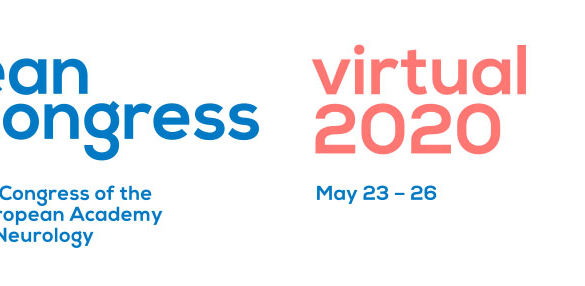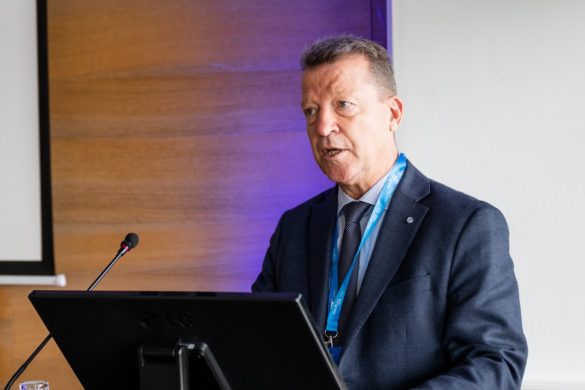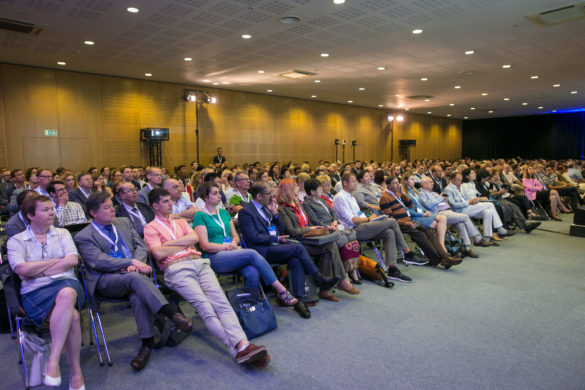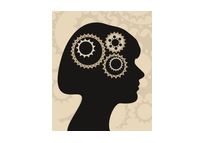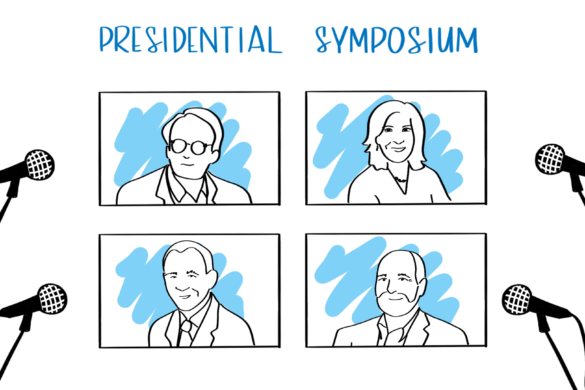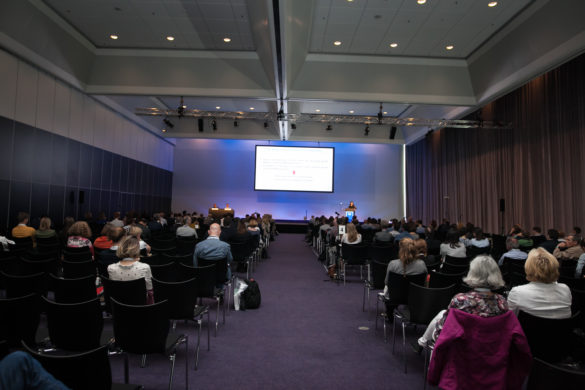by Letizia Leocani
In this joint symposium between the EAN and the International Parkinson and Movement Disorder Society – European Section, the major advancements in new technologies were discussed, chaired by Prof. Alvaro Sanchez Ferro and Prof. Angelo Antonini.
Alvaro Sanchez Ferro, from Madrid, presented the state of the art on wearable sensors, which allow the remote performance of active tasks that are relevant in the assessment of motor function, such as tremor, dyskinesia, bradykinesia, motor fluctuations, gait and physical activity, but also for monitoring non-motor functions such as cognition and sleep. Wearables also allow passive monitoring of activity, such as walking or typing activity, reducing burden on patients and granting a more ecological and granular assessment, although the validation of passive parameters, while very promising, needs largely to be validated. However, several devices are already available on the market and have received regulatory certification for clinical use, allowing technology-enabled care for people with movement disorders.
Second to speak was Ute Gschwandtner, from Basel, who described the recent advances and perspectives in machine learning and artificial intelligence techniques, mostly applied in the analysis of high-resolution EEG signals. These methods have been reported useful in the diagnosis and early risk assessment of Parkinson’s disease dementia, allowing the calculation of combined risk scores comprising EEG, including advanced analysis such as complexity measures, neuropsychological tests and genetic biomarkers. Moreover, promising research on the possibility of simulating basic cognitive functions such as the formation of new memories in the hippocampus.
Roxanne Lofredi, from Berlin, illustrated the new achievements in the use of recordings from deep brain stimulation (DBS) electrodes in the basal ganglia. For example, beta activity, although not specific for Parkinson’s disease, is associated with hypokinetic motor signs and translates efficacy of medication and deep brain stimulation itself, particularly when measured outside of periods of motor activity. On the other hand, other frequencies may be useful in the investigation of hyperkinetic disorders such as dystonia. For example, low frequency activity is suppressed by DBS and gamma and theta frequencies qualify as prokinetic activities across diseases.
Finally, Alberto Priori from Milan illustrated the most recent advancements in deep brain stimulation techniques, mainly concerning the use of adaptive stimulation in patients with Parkinson’s disease, according to the signals recorded from the basal ganglia. The main potential advantage of adaptive stimulation would consist in a more personalized pattern of stimulation, which can follow the individual variations in of bioelectrical activity. These features would lead to potentially higher efficacy and lower burden with respect to side effects and to the need of add-on drug treatment and the frequency of batteries replacement of the stimulator. Preliminary data suggest not only a better preference of the adaptive modalities by patients in about 90% of cases, but also a better control of dyskinesia in about 50%.
Overall, this advanced Symposium offered novel perspectives and fascinating scenarios to improve the management of movement disorders and to better understand their pathophysiology.




